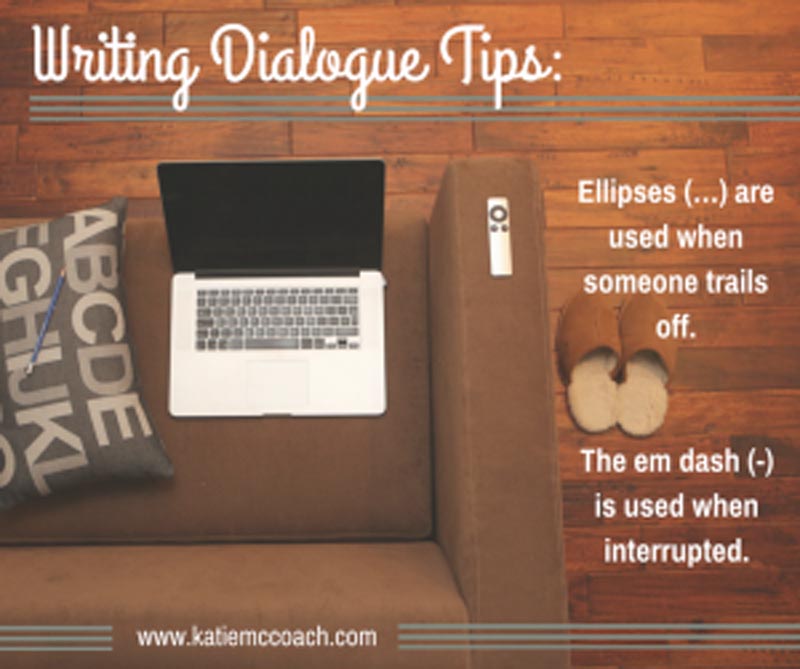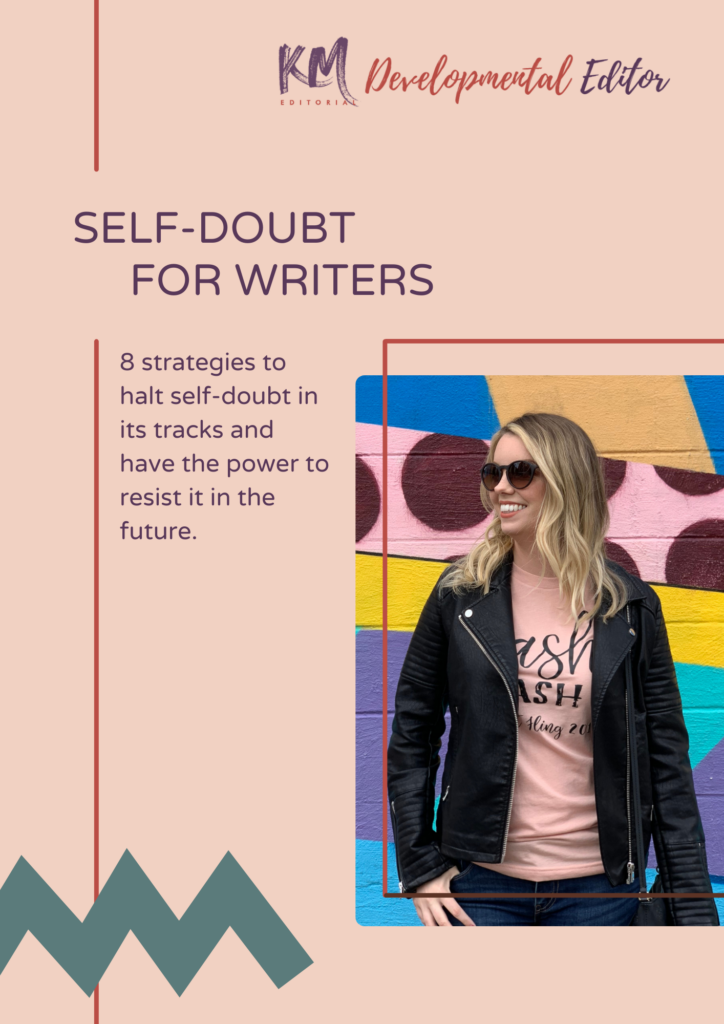 Dialogue is extremely important to a story, and the best writers know how to use this to their advantage.
Dialogue is extremely important to a story, and the best writers know how to use this to their advantage.
Sure, you can argue there are “no rules for writing,” but by using these tips for writing better dialogue you’ll be encouraged as your scenes feel tighter, your characters grow, and the story captivates.
When writing dialogue you want it to sound natural, convey emotion, and move the story forward.
A good story is life with the boring bits taken out. – Alfred Hitchcock
1. Always start a new paragraph when a new character is talking.
2. Punctuation goes inside the quotation marks.
3. Action tags: He shrugged, she nodded, etc.
4. Dialogue tags: He said, she said. Keep it simple and avoid adverbs in these, as the tone should speak for itself.
5. Use a comma for dialogue tags. Come to a full stop (use a period) for action tags. Here’s an example:
“What the hell are you doing here, Jake?”
“I could ask you the same thing,” he said.
She rolled her eyes. “I’m really not in the mood for games.”
6. Ellipses (…) are used when someone trails off.
7. The em dash (-) is used when someone is interrupted. (For more about em dashes, en dashes, and hyphens refer to this article on The Chicago Manual Style Online.)
8. Don’t be overly formal if your characters don’t speak that way. For example, if a character means to say: “You’re asking for trouble.” Don’t write it out: “You are asking for trouble.”
9. “Don’t dump too much information in dialogue. In real life, we don’t always helpfully explain what’s going on.” –Rowena Macdonald
10. Read it aloud. Does it sound natural to you?
11. Include action with your dialogue. An action from a character gives tone and emotion to the words. Sometimes you can even use action to show the character is saying the exact opposite of what they actually mean.
12. ‘“Dialogue is not conversation” from Robert McKee ‘Story‘. Conversation is boring, repetitive and concerns inane things. Dialogue moves the plot along, reveals character and every word is necessary to advance the story.’ -From Joanna Penn’s site.
13. And lastly, I love this tip from Alice Kupiers: “Have people argue with people, or have people saying surprising, contrary things. If everyone is agreeing with each other, your story will feel flat.”
What dialogue tips would you add to this list? Share in the comments below!
Here are some additional resources for writing better dialogue in your manuscript:
http://www.glimmertrain.com/b95macdonald.html
http://www.thecreativepenn.com/2010/05/17/my-dialogue-sucks/
http://writetodone.com/10-easy-ways-to-improve-your-dialogue/
http://www.writing.ie/resources/an-editors-six-tips-for-better-dialogue/
http://www.standoutbooks.com/6-insanely-good-dialogue-tips-from-your-future-literary-agent/
KATIE McCOACH is a freelance developmental book editor at KM Editorial working with authors of all levels to help them create their best story possible. Katie is a member of Romance Writers of America and the Editorial Freelancers Association. She has had essays published in TrainWrite and Kalliope and is currently writing a contemporary romance novel. For advice on editing, writing, and publishing visit her blog at https://katiemccoach.com/blog and be sure to also follow her on Twitter @KatieMcCoach.
Be sure to subscribe so you don’t miss another post!


 Download your free copy of these 8 tried-and-true strategies to stop self-doubt and imposter syndrome as a writer. And, build the power to resist it in the future.
Download your free copy of these 8 tried-and-true strategies to stop self-doubt and imposter syndrome as a writer. And, build the power to resist it in the future.
Good advice for writers!
Thank you for stopping by! I’m so glad you found this article helpful. 🙂